Expanding tourism space: Opportunities and challenges
From the practice in localities proposed for merger such as Hai Phong-Hai Duong, Lam Dong-Dak Nong-Binh Thuan, Ha Giang-Tuyen Quang or Bac Ninh- Bac Giang ..., it is clear to see the potential to form new tourism growth poles. When the administrative boundaries are expanded, it means that tourism resources are integrated and diversified, allowing the formation of longer, more attractive experience routes in both content and space. Previously, domestic tours were mainly of the nature of "one province-one product" and were limited by infrastructure connections. Now, with the new space, localities have the conditions to plan integrated tourism areas with both sea, forest, plateau ... or heritage, spiritual, community routes ... while developing specialized products by sub-region, avoiding resource dispersion.
 |
Tra Que Vegetable Village - a green tourist destination in the heart of Hoi An. (Photo: VU LINH) |
Typically, the Hai Phong-Hai Duong connection after the merger can build a continuous tourist route from the Con Son-Kiep Bac heritage, Chu Van An temple to coastal resorts such as Do Son, Cat Ba, Lan Ha in just one journey, visitors can fully experience the layers of typical cultural-ecological space. Similarly, the merged area between Lam Dong, Dak Nong and Binh Thuan can become a new "tourism triangle" of the South Central Coast-Central Highlands region with a journey combining the highland climate, the blue sea and white sand of Mui Ne and the cultural space of the Central Highlands villages will create a unique inter-regional product, attracting domestic and foreign tourists.
According to experts, the merger process is not only a geographical repositioning but also an opportunity for localities to restructure their tourism development strategies towards professionalism, modernity and sustainability. Integrating individual strengths such as eco-tourism (Lam Dong), sea tourism (Binh Thuan), forest tourism and indigenous culture (Dak Nong) requires a strategic vision in resource allocation and systematic, non-overlapping product development. Open space will allow for the planning of larger-scale tourism areas, more synchronous in infrastructure and services, and promote close regional connectivity. Previously "blank" tourism areas that were divided by administrative boundaries can now become central connection points.
 |
Buon Don Elephant Festival is one of the unique festivals in the Central Highlands. |
According to Dr. Bui Hoai Son, Standing Member of the National Assembly’s Committee on Culture and Society, the merger is an opportunity for localities to systematically plan and reorganize their tourism product systems, instead of developing them separately and scatteredly as before. Inter-regional tourism programs from mountains to plains, coastal areas, etc. become more coherent and attractive, bringing a more complete experience to tourists.
Don't change the name of the heritage: Keep the memory, keep the brand
One of the biggest concerns after the merger is the risk of fading historical-cultural values that have been deeply shaped in the community's consciousness. Tourism space may be expanded, but the names of heritages, relics, and scenic spots need to be preserved as an inseparable part of local identity. The Ministry of Culture, Sports and Tourism has issued a document requesting localities not to change the names of world cultural-natural heritages, special national relics, national relics or provincial relics that have been recognized because they are not only community memories but also tourism brands that have been accumulated over time, affirming their position on the domestic and international tourism map.
 |
Indigenous culture is an attractive highlight for tourists. (Photo: VU LINH) |
Names such as Con Son-Kiep Bac, Mui Ne-Phan Thiet, Dong Van-Ma Pi Leng, Mu Cang Chai or Hoi An... are not simply administrative place names but a thick layer of cultural sediment associated with the pride and emotions of the people. Ms. Le Phuong Lien, a tourist from Hanoi shared: What makes me remember and come back is not the name of the province but the emotions from the customs, cuisine, folk art... What remains after the trip is the cultural identity of the people there.
It can be seen that in tourism, experience is the core value and cultural identity is the attraction of the destination. Tourism wants to develop sustainably and cannot be separated from the indigenous community. Preserving customs, habits, languages, festivals, costumes and folk knowledge is the way to create tourism products that are profound, different and touch the emotions of the experiencer.
 |
The winding roads make up the "brand" of Ha Giang tourism. |
Merging provinces is an opportunity to redefine the way of doing tourism, instead of developing fragmentedly and spontaneously, it is necessary to follow the direction of identity-creativity-connection-sustainability. Spatial tourism planning needs to be based on the sub-regional structure, clearly identifying each locality as an element in the value chain, where identity is the factor that makes the difference. Changing boundaries is an administrative step, but the tourism strategy in the new period must not erase memories but add layers of culture, so that each land, although new in name, is still a familiar destination in the hearts of tourists from all over the world.
Source: https://nhandan.vn/tai-cau-truc-du-lich-giu-hon-ban-sac-post881905.html


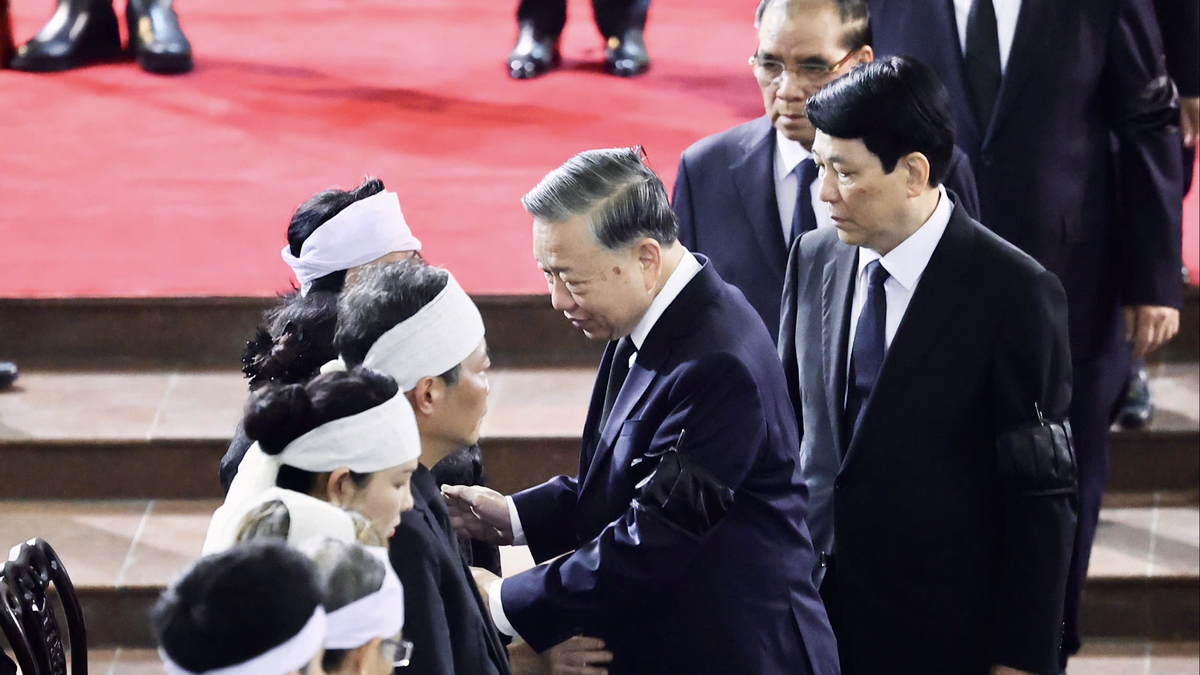
![[Photo] Top players gather at the 2025 Nhan Dan Newspaper National Table Tennis Championship](https://vphoto.vietnam.vn/thumb/1200x675/vietnam/resource/IMAGE/2025/5/23/9ad5f6f4faf146b08335e5c446edb107)

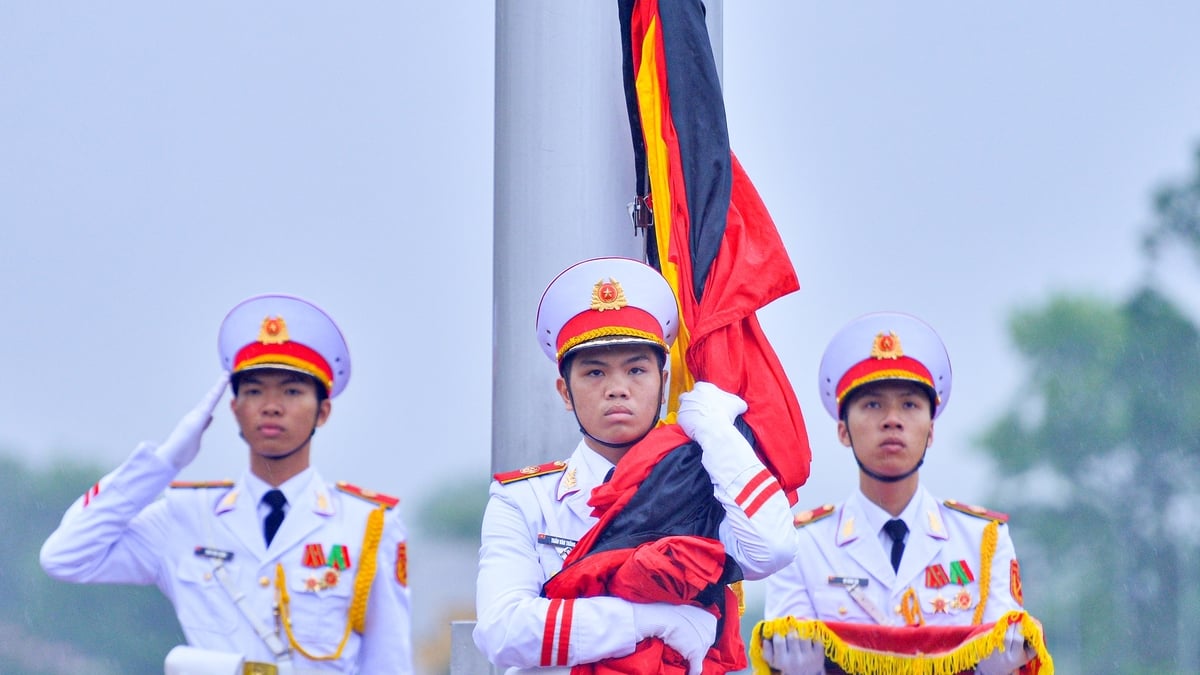

![[Photo] Anh Hoang - Dinh Duc successfully defended the men's doubles championship of the National Table Tennis Championship of Nhan Dan Newspaper](https://vphoto.vietnam.vn/thumb/1200x675/vietnam/resource/IMAGE/2025/5/23/d6ab3bcac02c49928b38c729d795cac6)
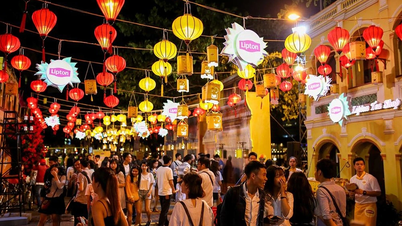

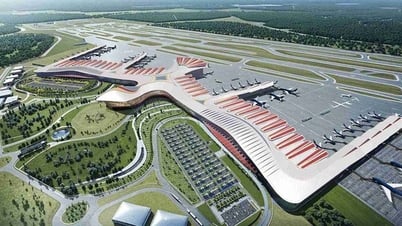

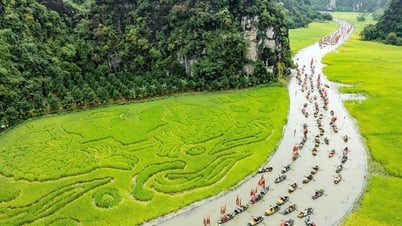




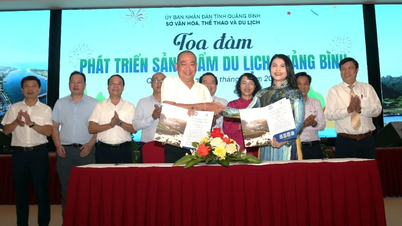




![[Photo] The Central Party Executive Committee delegation visits former President Tran Duc Luong](https://vphoto.vietnam.vn/thumb/402x226/vietnam/resource/IMAGE/2025/5/24/32f67673454445aab0f1f2af331cb170)


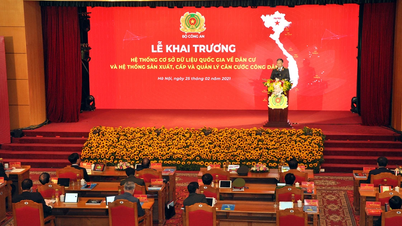






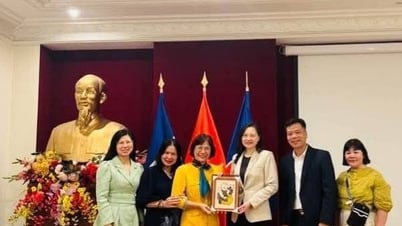

























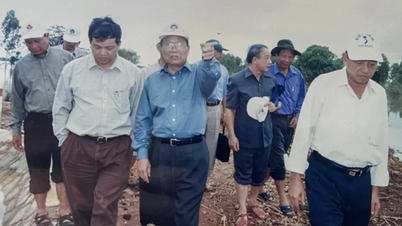
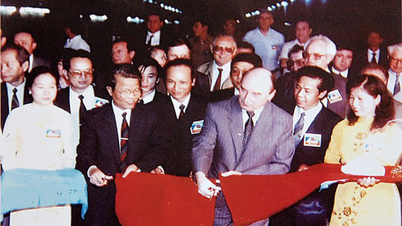

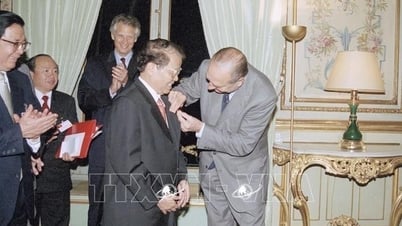










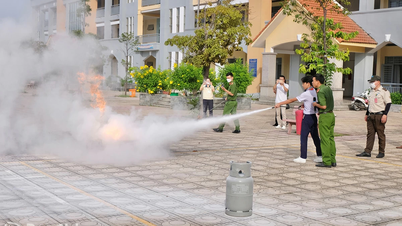



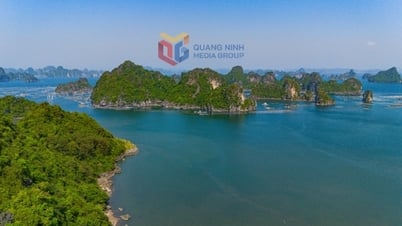

















Comment (0)